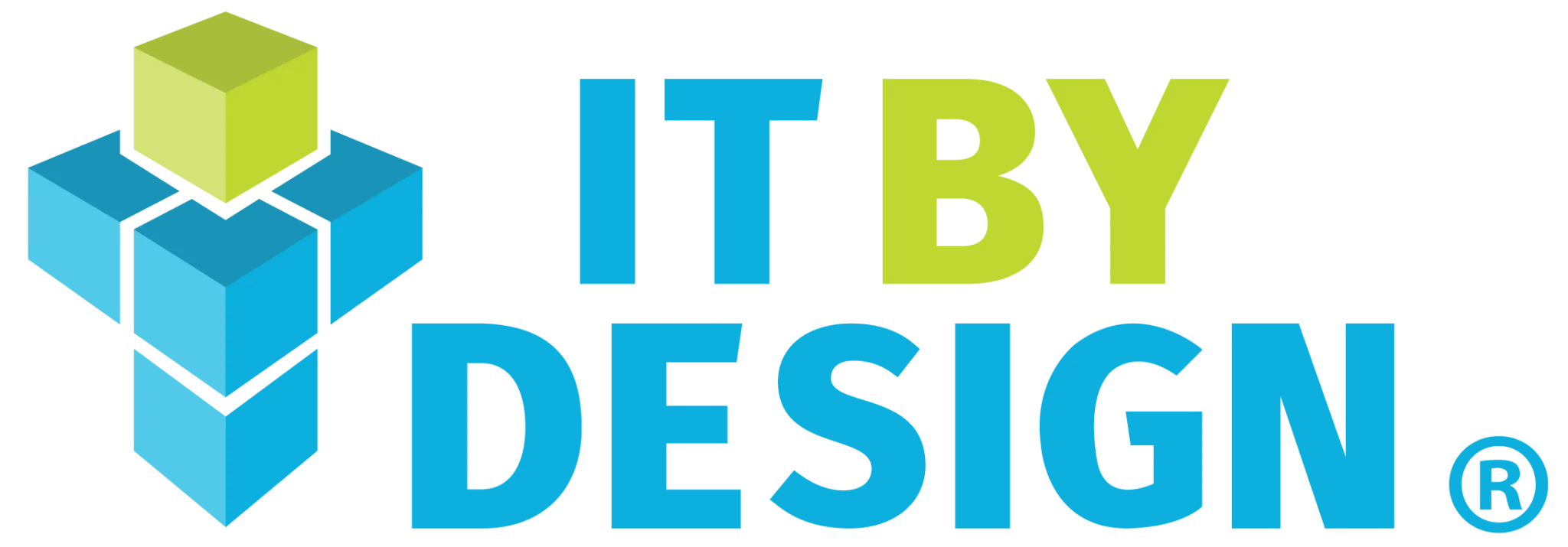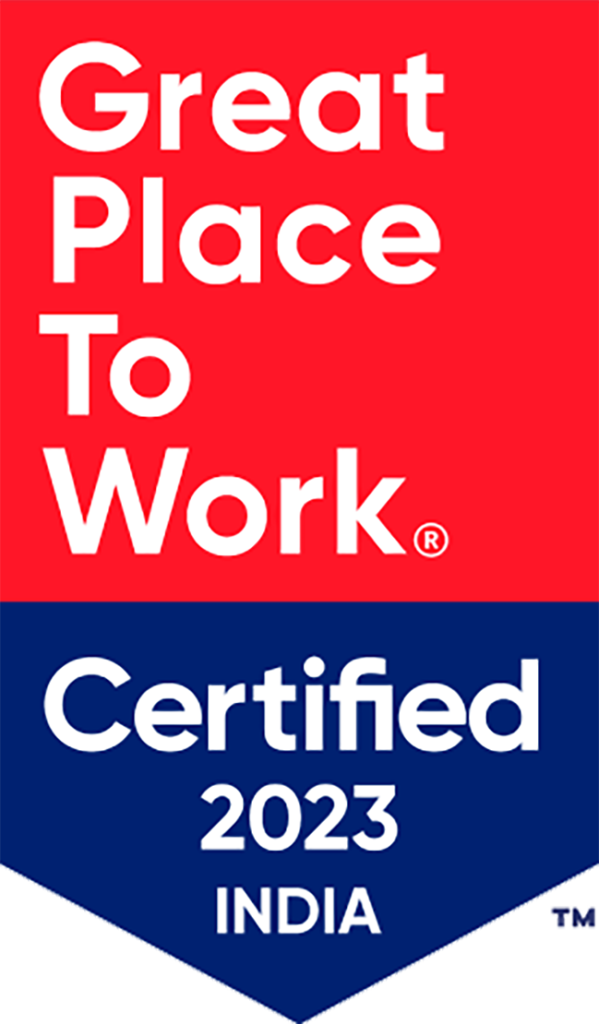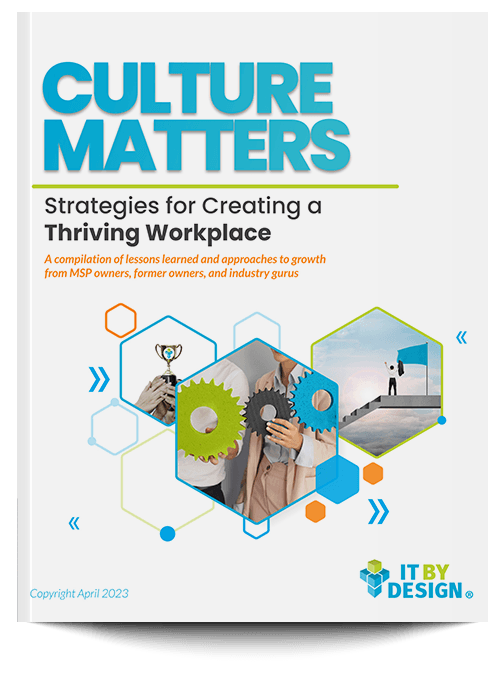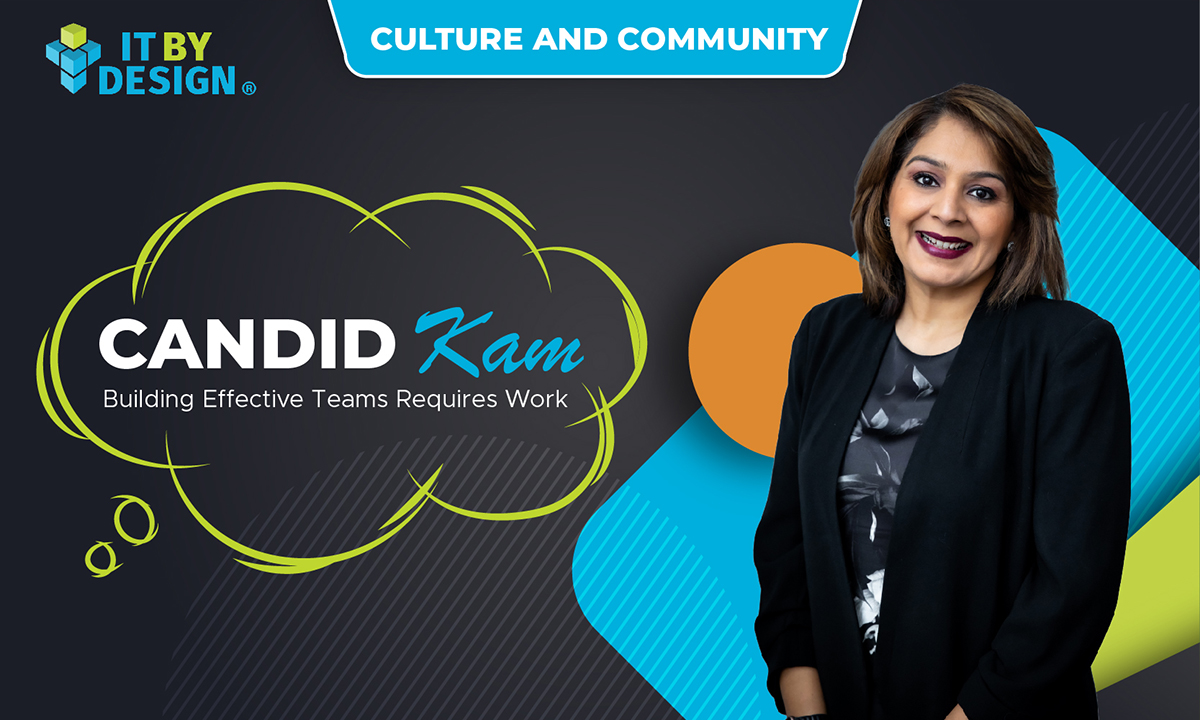This year marks IT By Design’s 20th anniversary, and in all those years we’ve interviewed thousands of candidates from which we’ve built a team of more than 600 community members. Many peers have asked me: “What do you look for when hiring?”
Here are some key tips my hiring team uses:
1. Have the hiring manager pre-screen resumes.
I do. Now this may seem tedious, but I know exactly what I’m looking for when I’m hiring. We have a huge talent acquisition team and they’re responsible for the pre-screenings. But I’ve found that finding successful candidates is easier when you’re able to vet which resumes and skillsets are valuable to you. Before we modified this process, our talent team would schedule interviews for me. But then I’d get on the call and find that the person wasn’t a good fit. Then I’d waste their time − and mine − because I didn’t want to be rude. So, by reviewing the resumes myself first, I’m able to know if the person has the right skills and previous work history for the role. You’re saying, “I don’t want to go through hundreds of resumes!” But honestly, often you can do a quick scan and know if someone is a good fit or not. It may take two hours, tops, but it’ll save you many more in wasted interview time.
2. When screening resumes, there’s a few things that I immediately look at.
First, do they have the skills that I need for the role? If I’m hiring a marketing manager, I’m probably looking for someone who has previous email marketing experience, maybe some digital marketing experience, and works with the tools we use. Even if the job title isn’t the same, do I see the work they’ve done matches the skills I need for the role? Sometimes I’ll get really weird resumes; they don’t even fit the profile, but I can see skills they’ve used previously that’ll work for the role. There are four mandatory questions that are a must, so we ask those before they submit the application. Make them specific to your top must haves, this way you can immediately disqualify some of candidates.
3. My biggest red flag.
The candidate’s job history. Very rarely will I interview someone who’s had three roles in three years. Or five in seven years. We call them “Job Hoppers” and you won’t find them in our organization. Now I get it. Things happen, especially with the volatile economy we’ve had the past few years. But one job is unfortunate, two is bad luck, three … now you’re pushing it. If you haven’t stayed with an employer for at least three years, that makes me question whether you have the skill set for the role, the temperament to do well with others and collaborate, and the perseverance to work through tough times. Training people is a huge investment. Employers don’t want to bring someone on who will soon leave. I always give this advice to people I’m mentoring: Whatever role you take in your career, make sure you commit yourself to every organization for a minimum of three years. If stuff happens − I get layoffs − make sure the next choice in employment is the right choice. You may get stuck in an environment you don’t like, but that third jump will limit your opportunities and employers that will even interview you.
4. Once I’ve vetted the resumes, our talent team pre-screens them.
They have a set of criteria and questions that we want answered by the candidate on a phone interview. The talent team will then rate these individuals. Now you’re probably thinking, “They don’t know anything about marketing, how can they rate the individual?” It’s not about the skills; it’s about who they are as a person. At IT By Design, it’s more important that we hire good human beings who are courteous and kind to every person − even to a pre-screener. Do they communicate well? Take enough time to reflect before answering a question? Respond thoughtfully and truly answer the question? Whatever questions you choose, that prescreen will vet out the people who don’t align with our values.
5. Once the prescreen is done, interviews are set for me.
Now you may be thinking, “You’re the president and you’re taking the first interview?” Yes, because if I’m the hiring manager, I know if I can work with someone or not. There’s no point in me having other team members take interviews in the first round if I’m going to reject the individual in the third round. Anybody who gets through my first round of interviews will then go to my team for a group interview for the second round. Then they will come back to me for the third round, along with another leader, so that I can get that leader’s perspective on the individual. It may seem like a long process, but one bad hire can cost you eight months of salary, if not more. So taking the time and having multiple people interview candidates is critical. We each have our own perspective and can uncover different things. Usually the agenda for my first interview is to get an understanding of their previous work experience, will they fit in with the team, and their role alignment. The second interview is a deeper dive into actual experience. And the final interview is about their values and will they be a good community member.
6. Asking for references is key.
But we do one thing differently: We ask for at least one business reference. There must be one previous employer, but also one personal reference. You’d be surprised by the things friends or acquaintances sometimes say about someone. It’ll help you find a deeper understanding of the person as an individual and whether they’re a good fit for your culture and organization.
Here’s five things I always look for during my interviews:
- Skills – Can they do the job? Never compromise here. I look for 70% of the role and hope I can train up the rest.
- Temperament – Do the temperaments meld well? Having balance in a team is key. If you have a team filled with reserved individuals, that doesn’t work and neither does all too hot either.
- Complementary talents – Try to find people who are good at things that you aren’t good at. Someone who complements you is very important to you.
- We don’t gossip about one another – As a leader, you set the terms. Trust is the one thing you never get back. How do you check that? Ask probing questions about previous employers. Ask about situations where things didn’t go their way. If the candidate goes into a tangent about their previous employer or colleagues, you may want to dig deeper.
- TRUST my gut – I know this is a subjective one and I’ve gotten it wrong. But I trust my gut. Sometimes people aren’t a perfect fit, but I can see a glimmer in them. Trust that.
Sorry for the lengthy piece but, as you see, we take our hiring seriously. We can teach someone technical skills; we have a huge learning and development team for that. But we can’t teach ethics, values, and how to be a good human being.
Our hiring process has helped us become a leader in providing dedicated resources to the MSP industry. It’s not that we don’t have competition, we do, and our customers will come to me and say that our prices are higher than others, but they’re with us because there’s no other provider that has the quality of talent that we do. They value our team. It’s more than just technical skills. It’s a culture and a community that we foster each day, and it all starts with that first screening.
For more content like this, be sure to follow Build IT by ITBD on LinkedIn and YouTube, check out our on-demand learning platform, Build IT University, and be sure to Register for Build IT LIVE, our 3-day education focused conference, September 9-11 in Orlando, FL!







